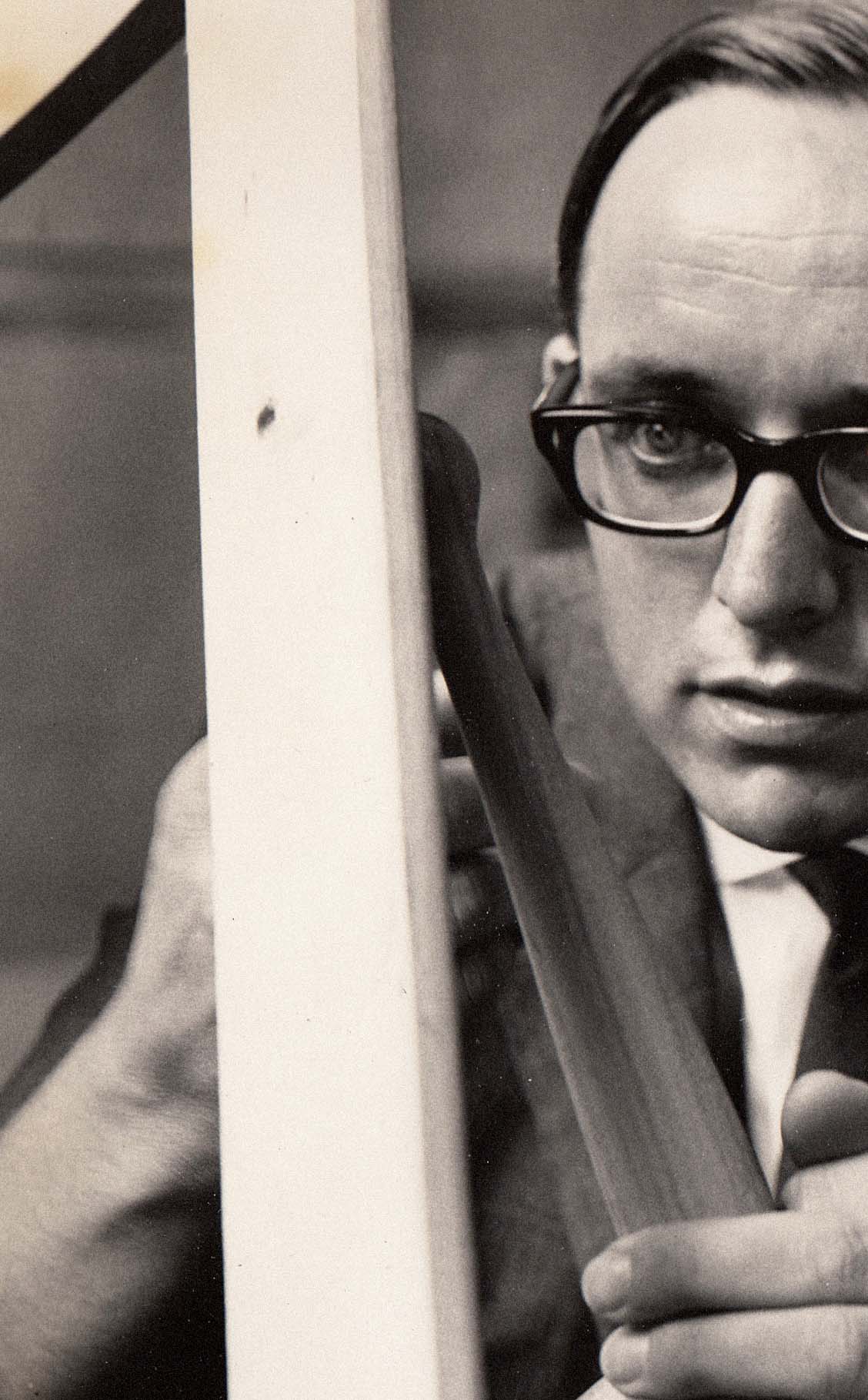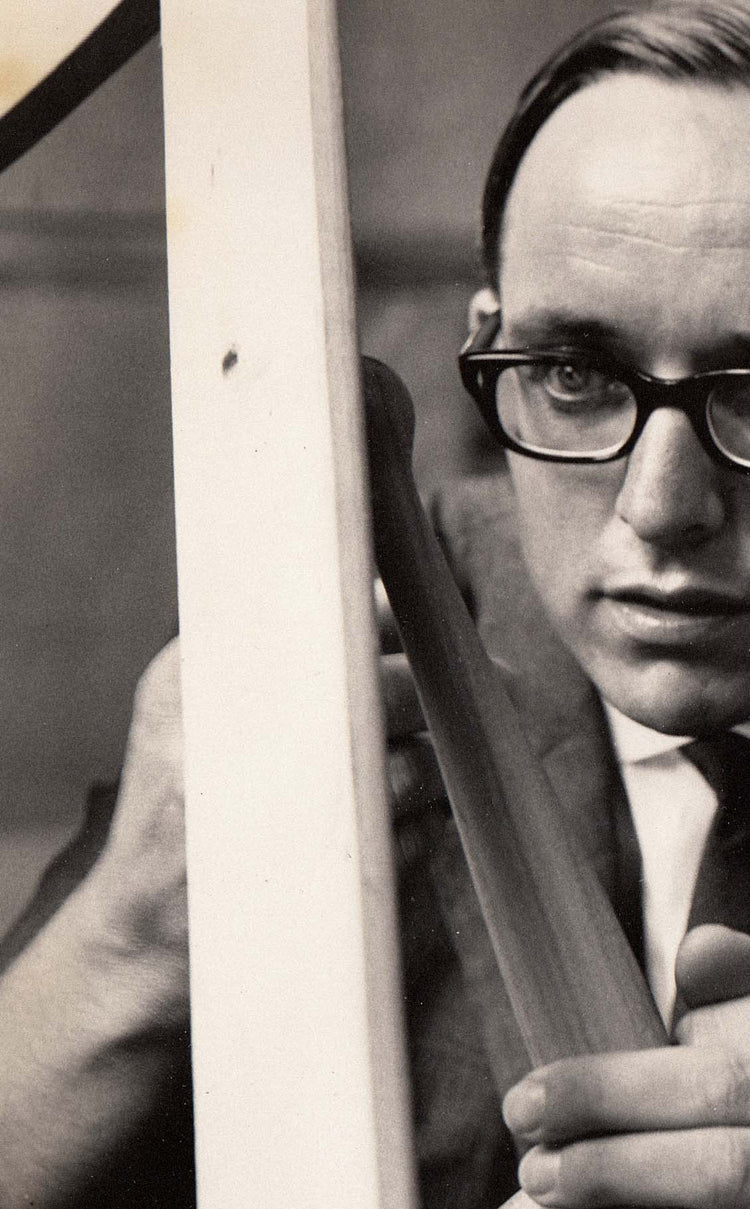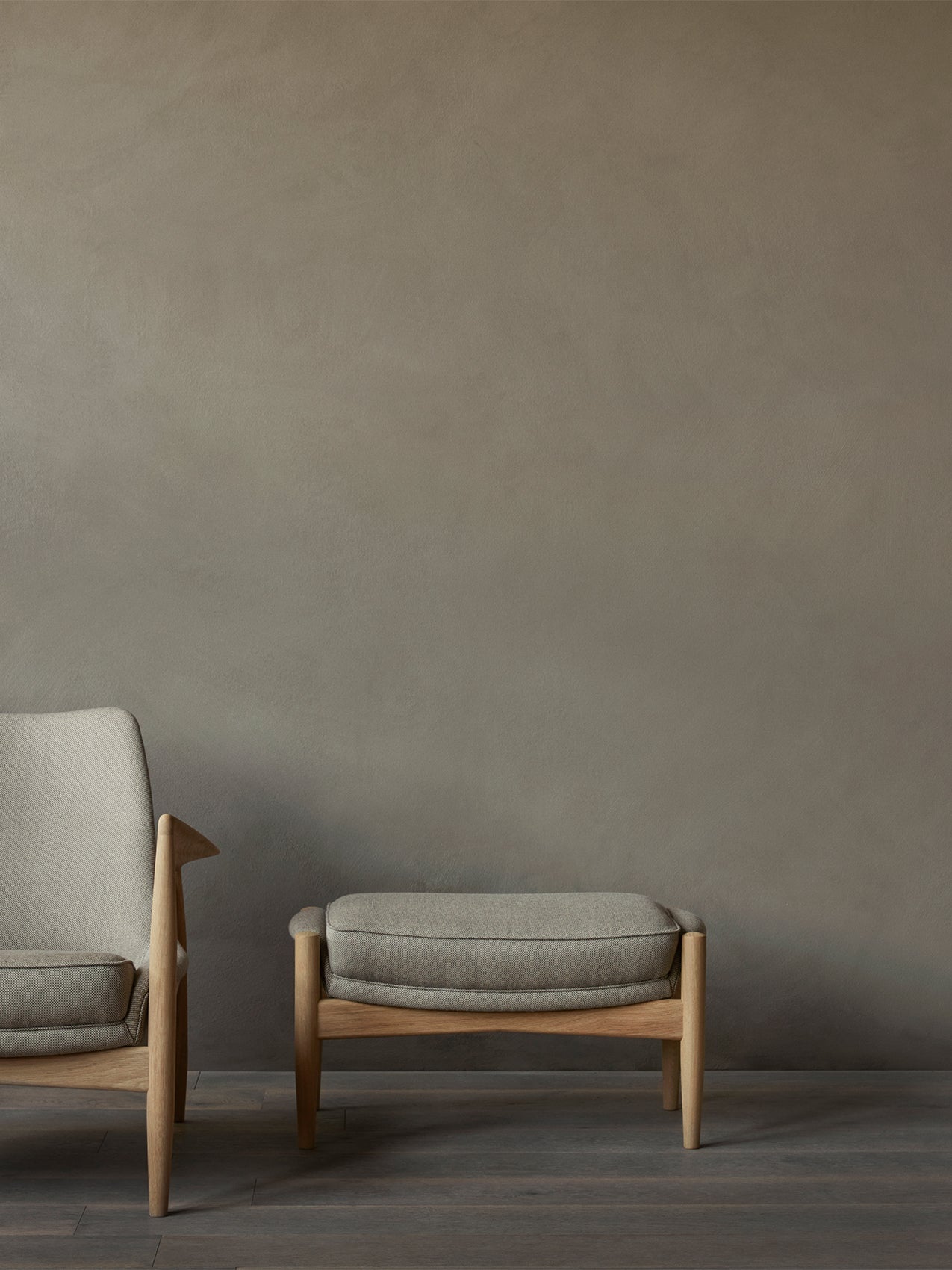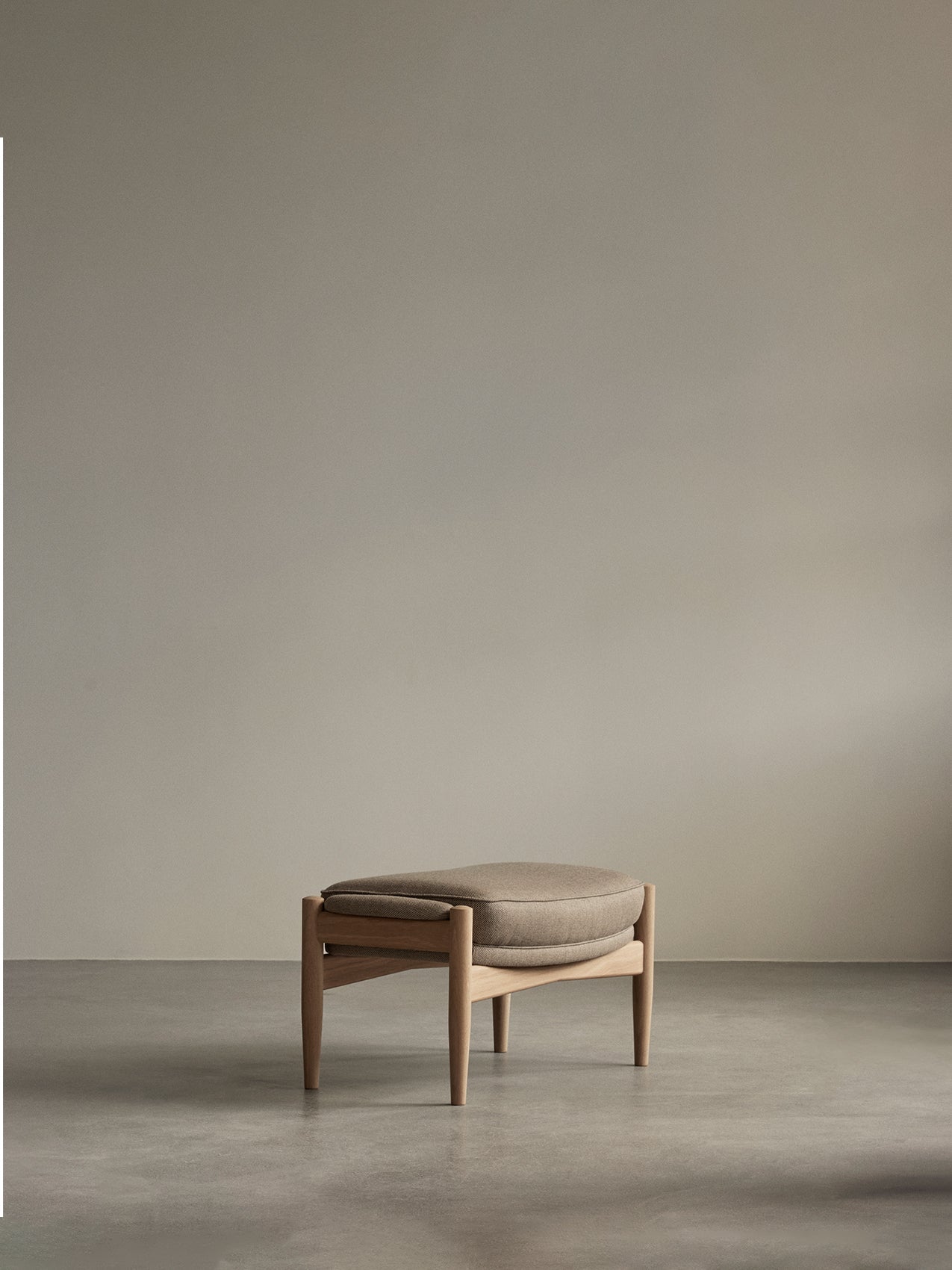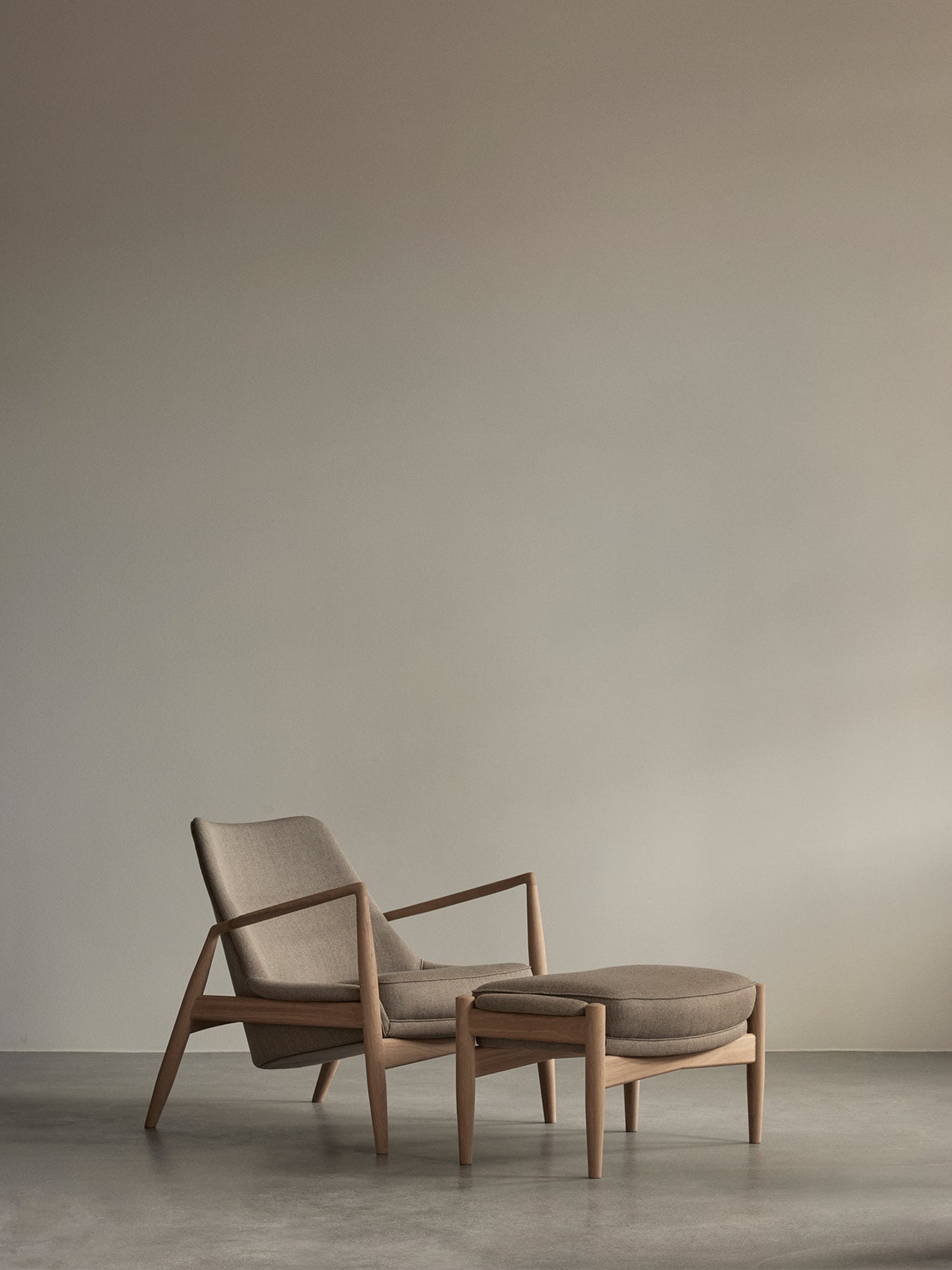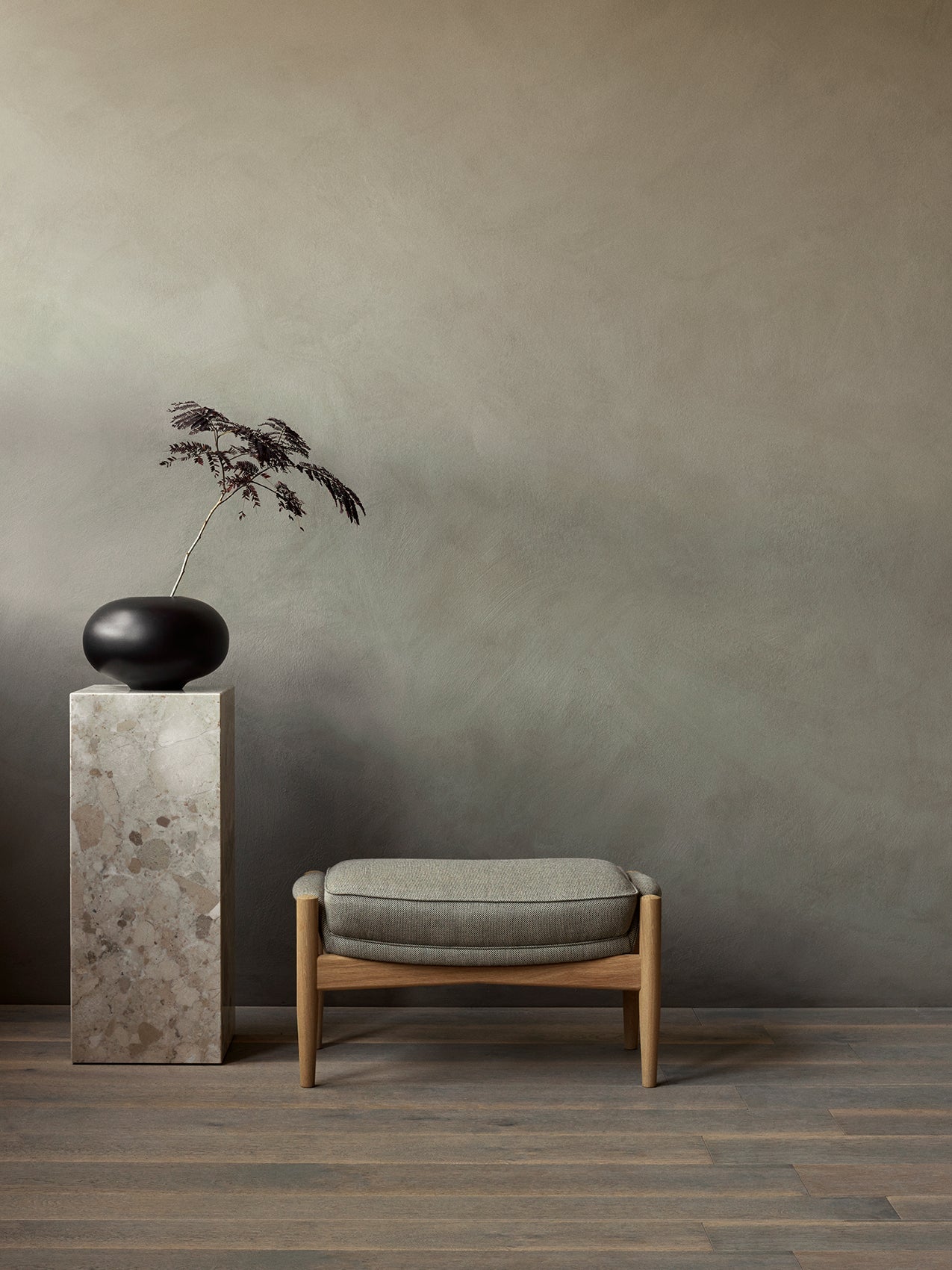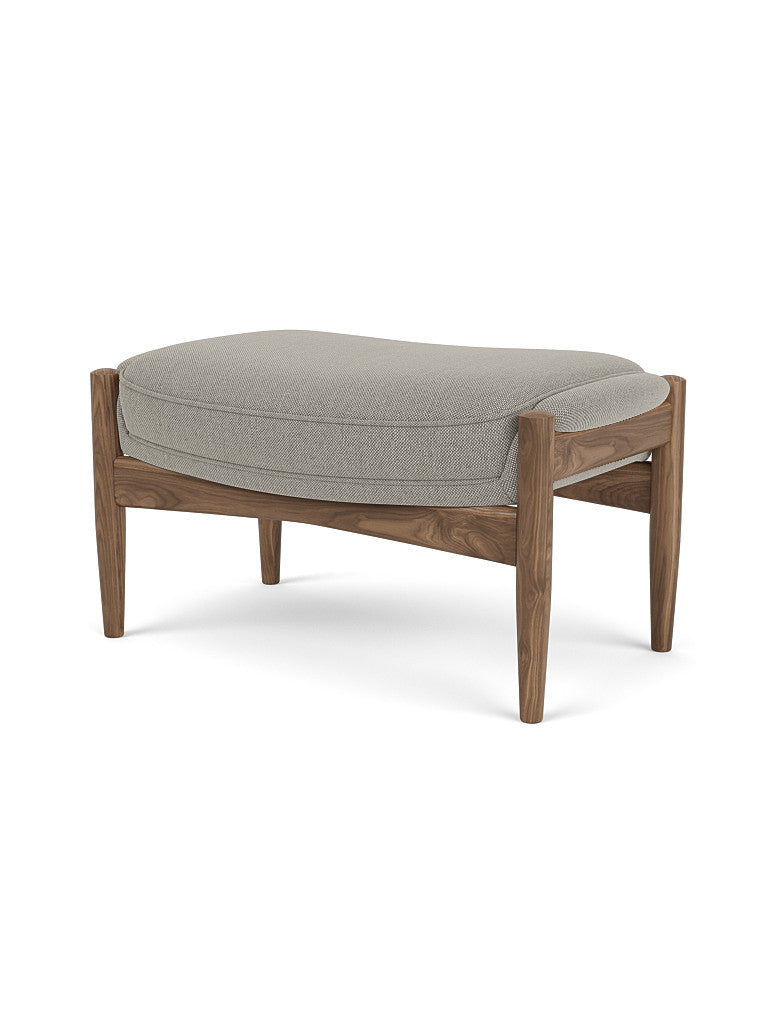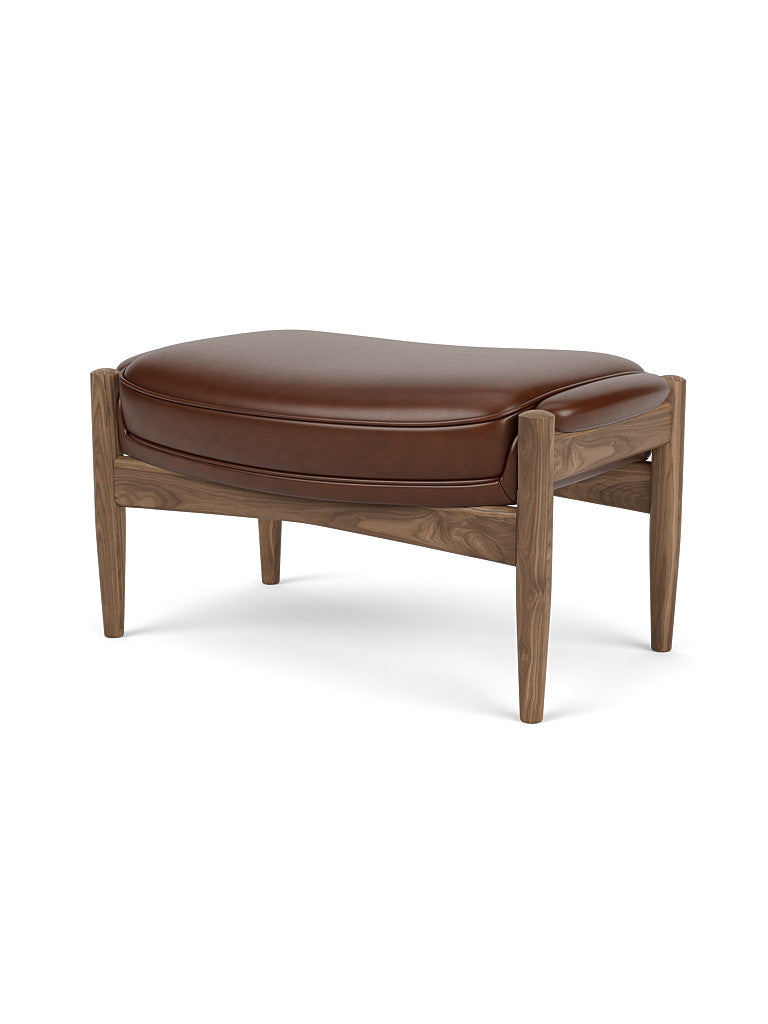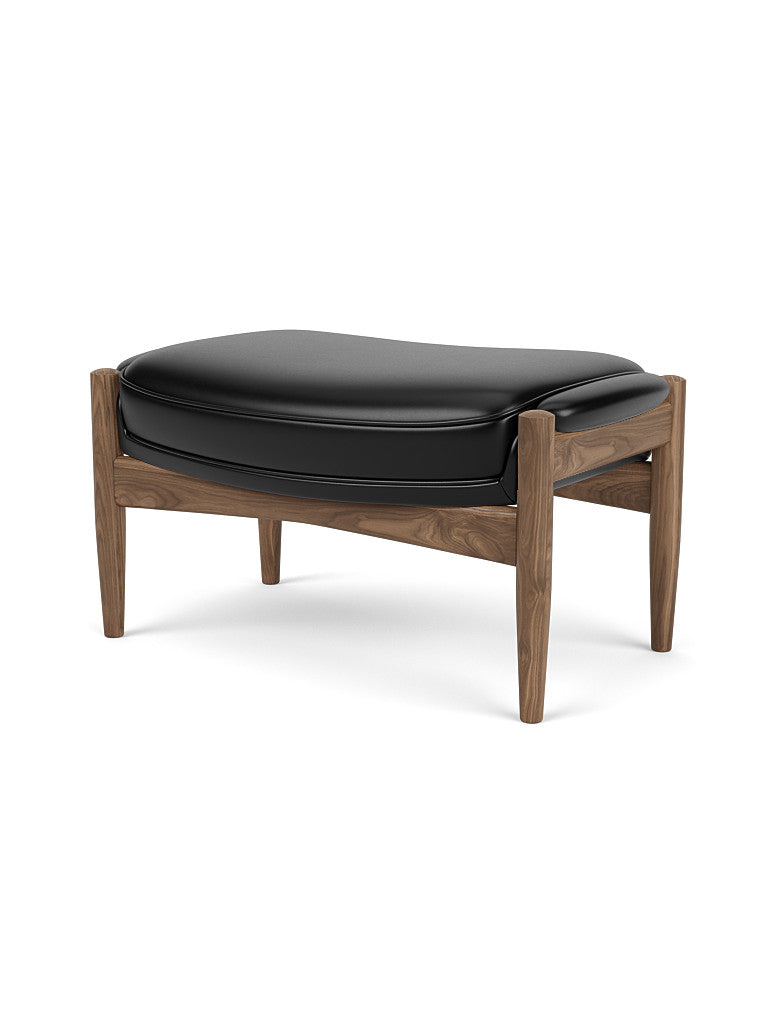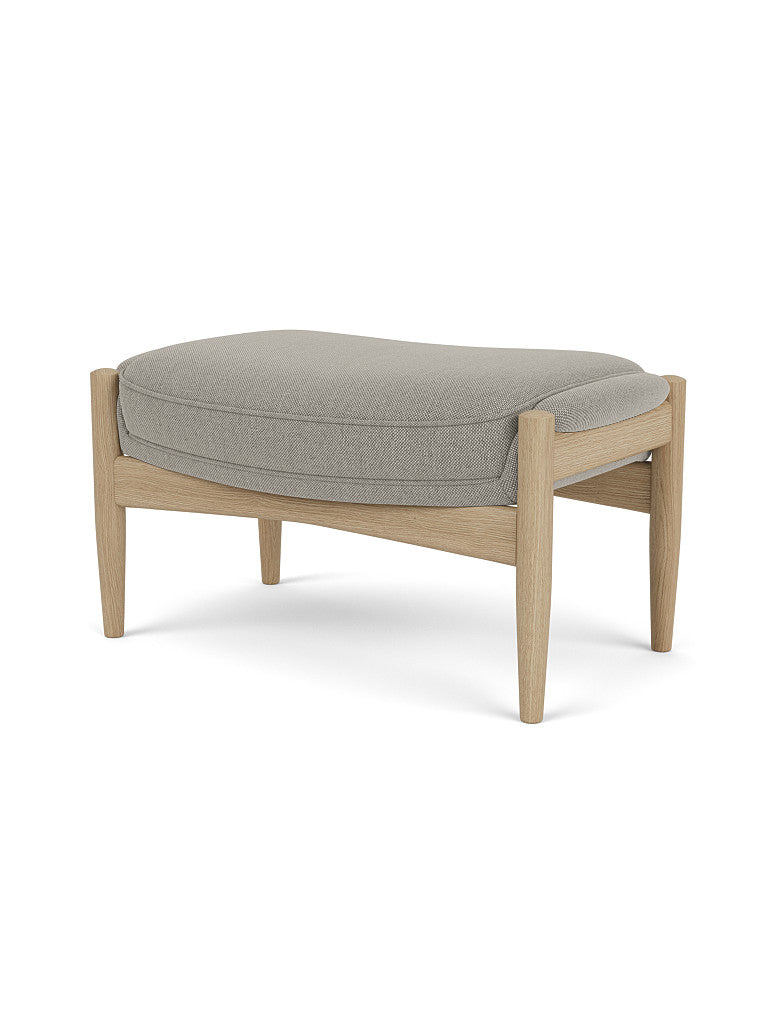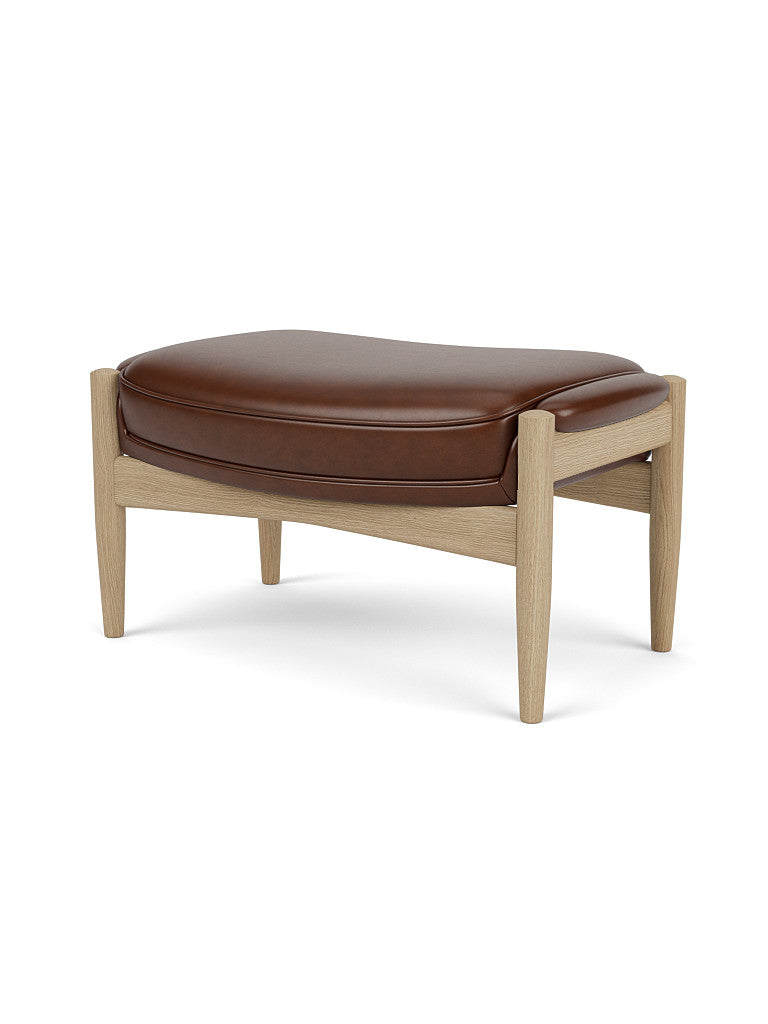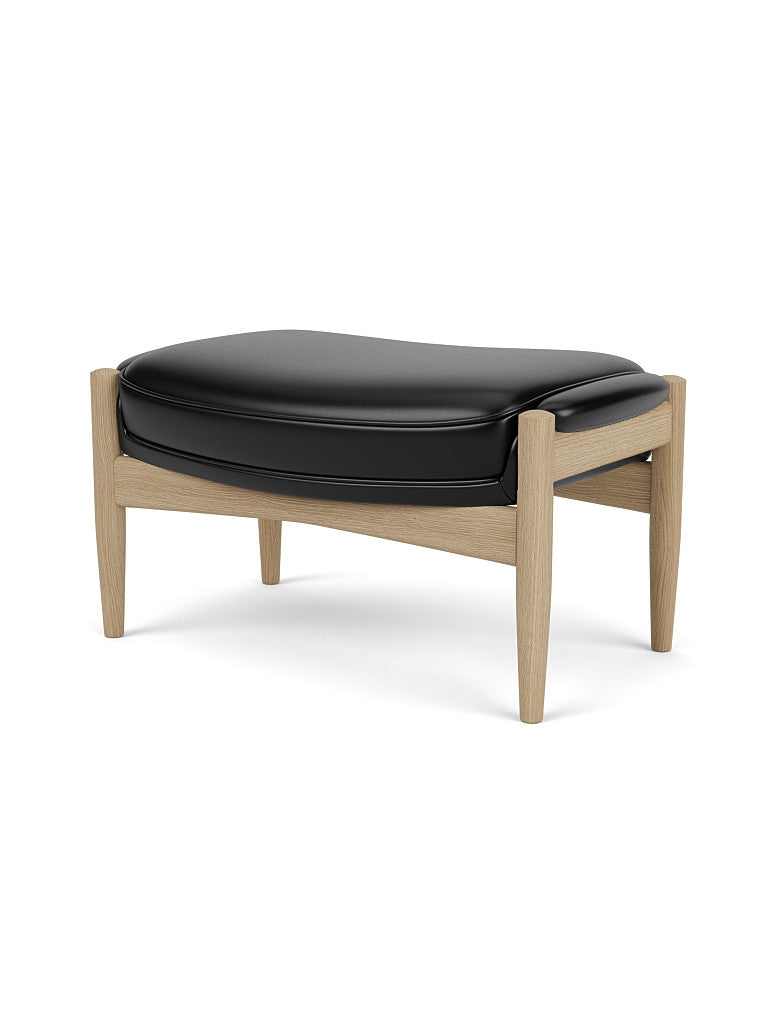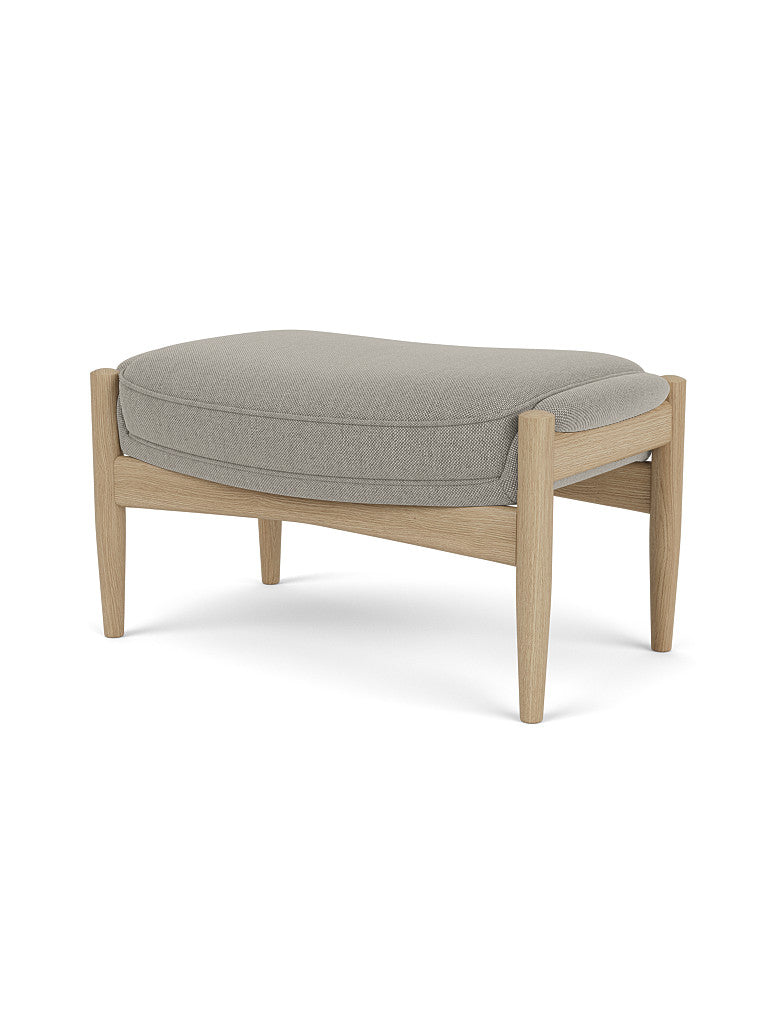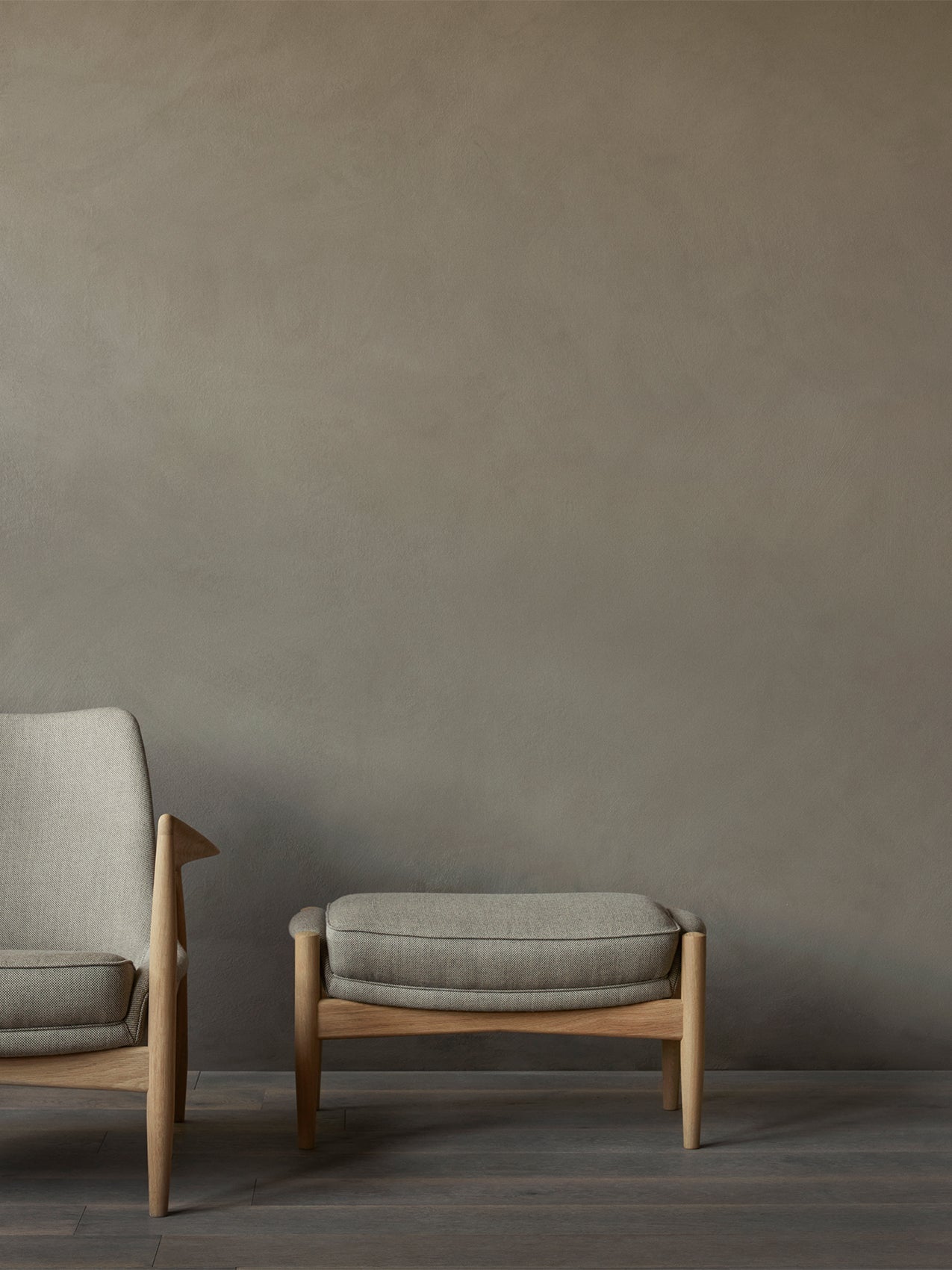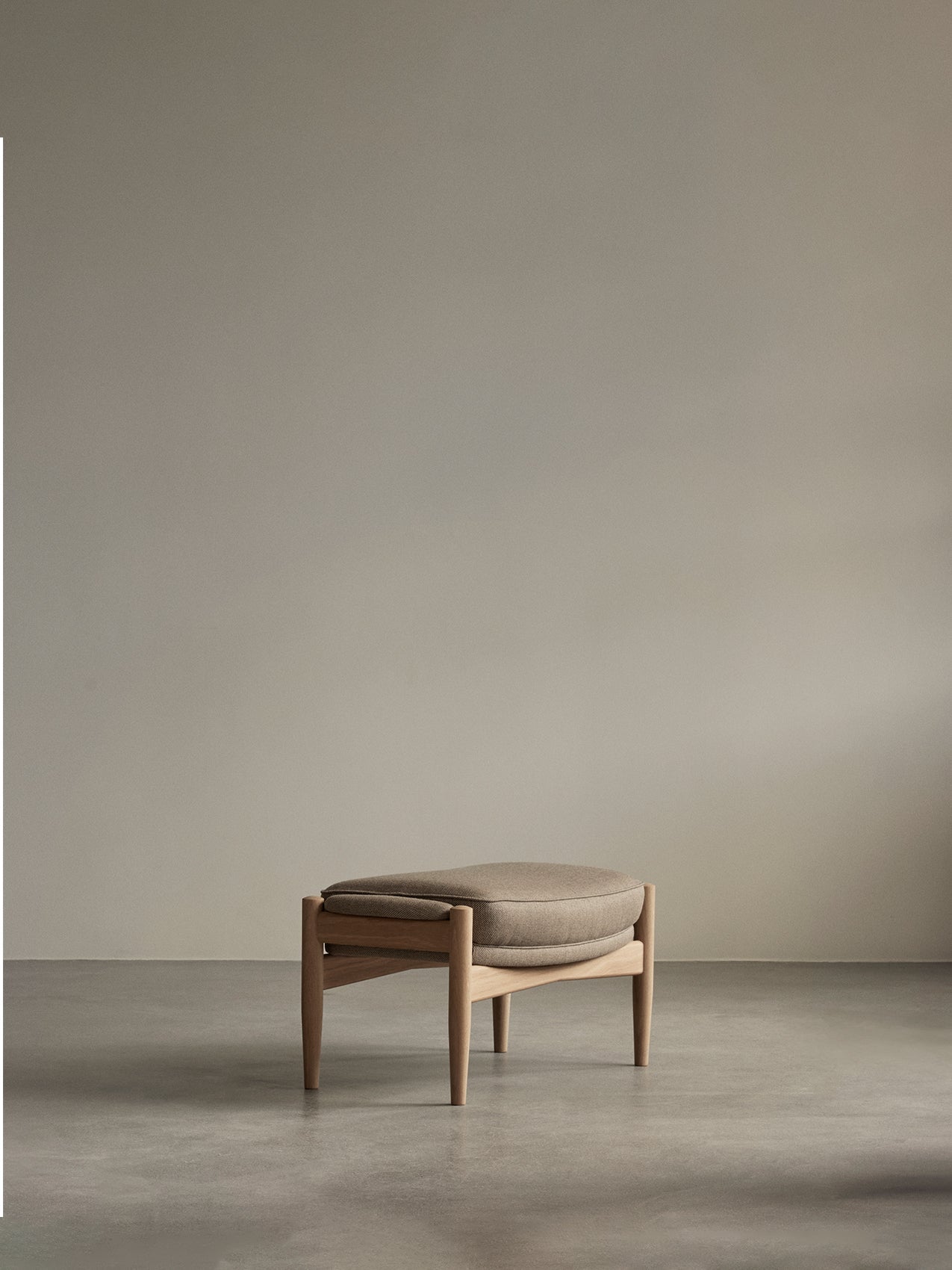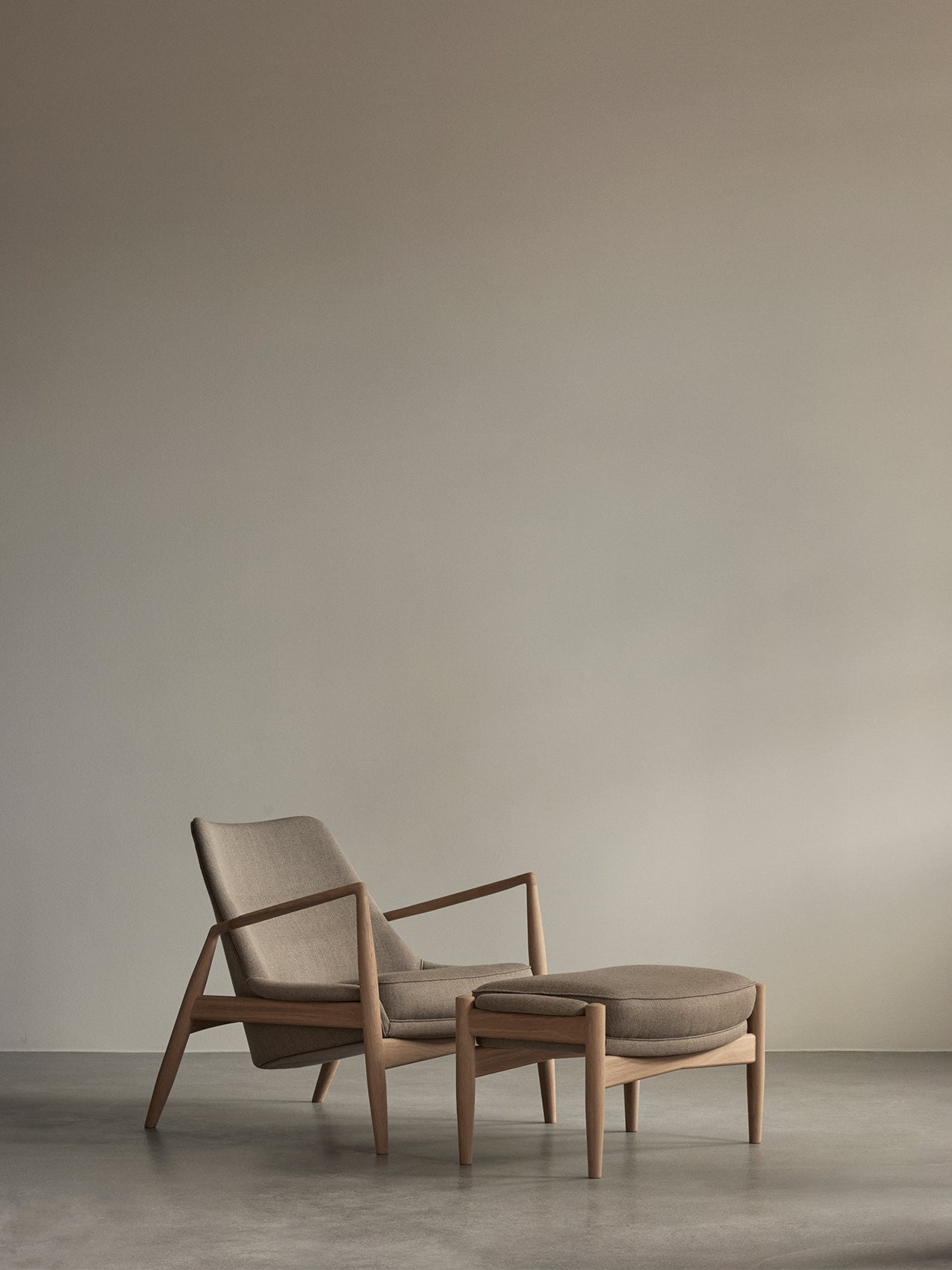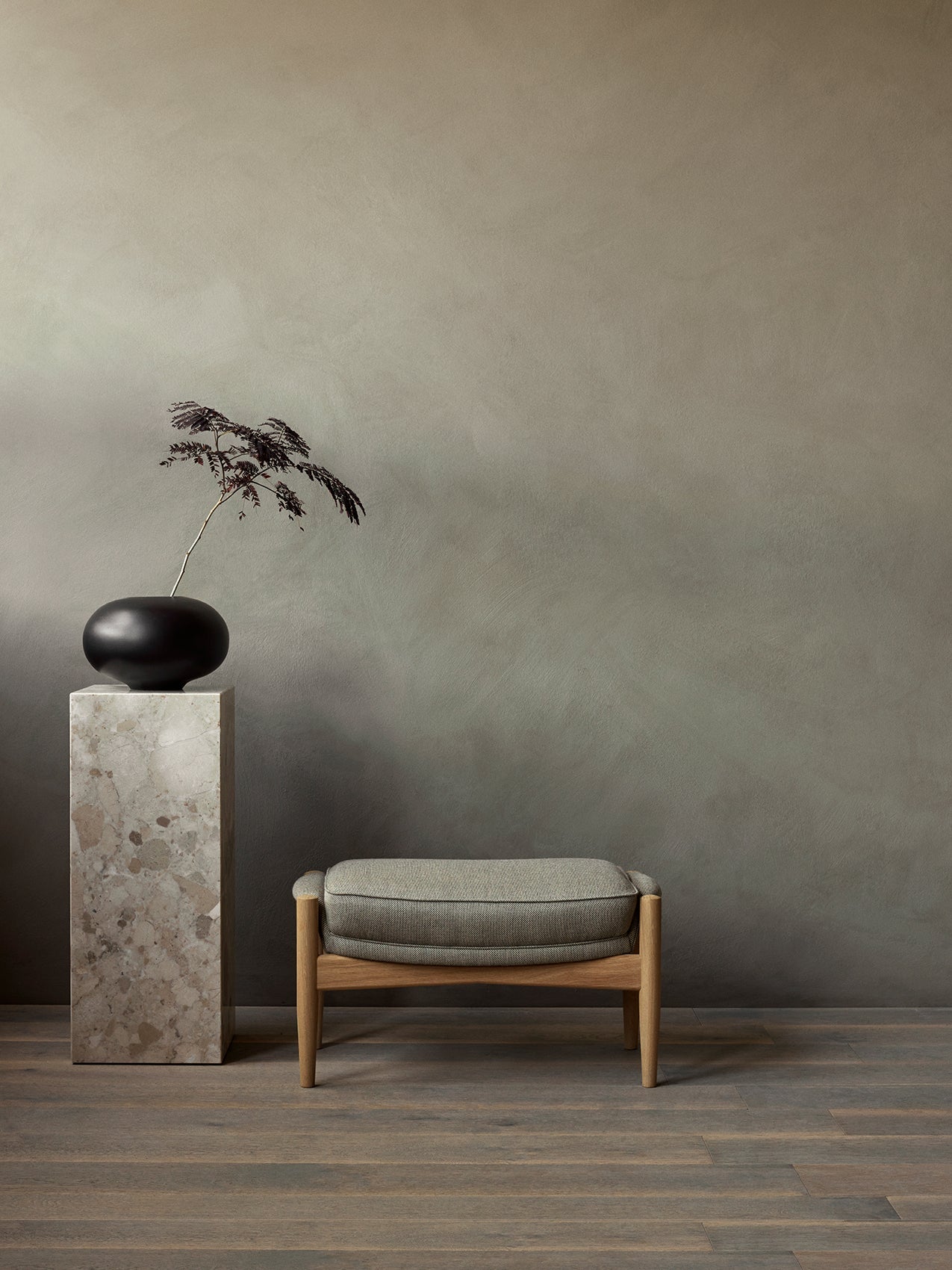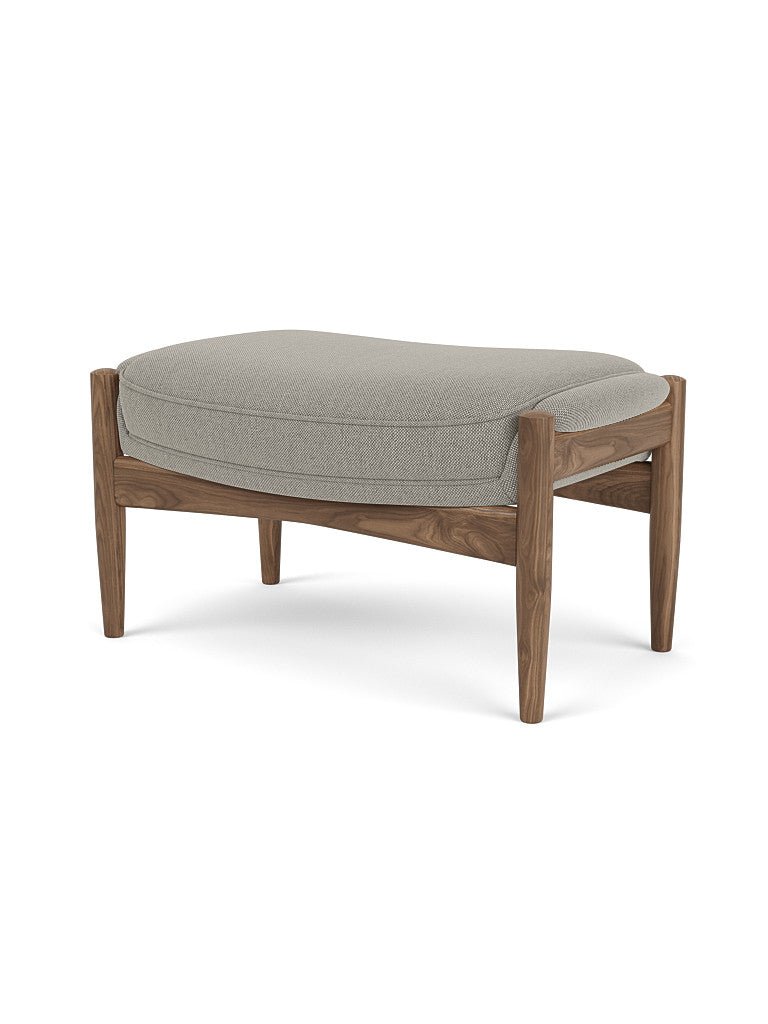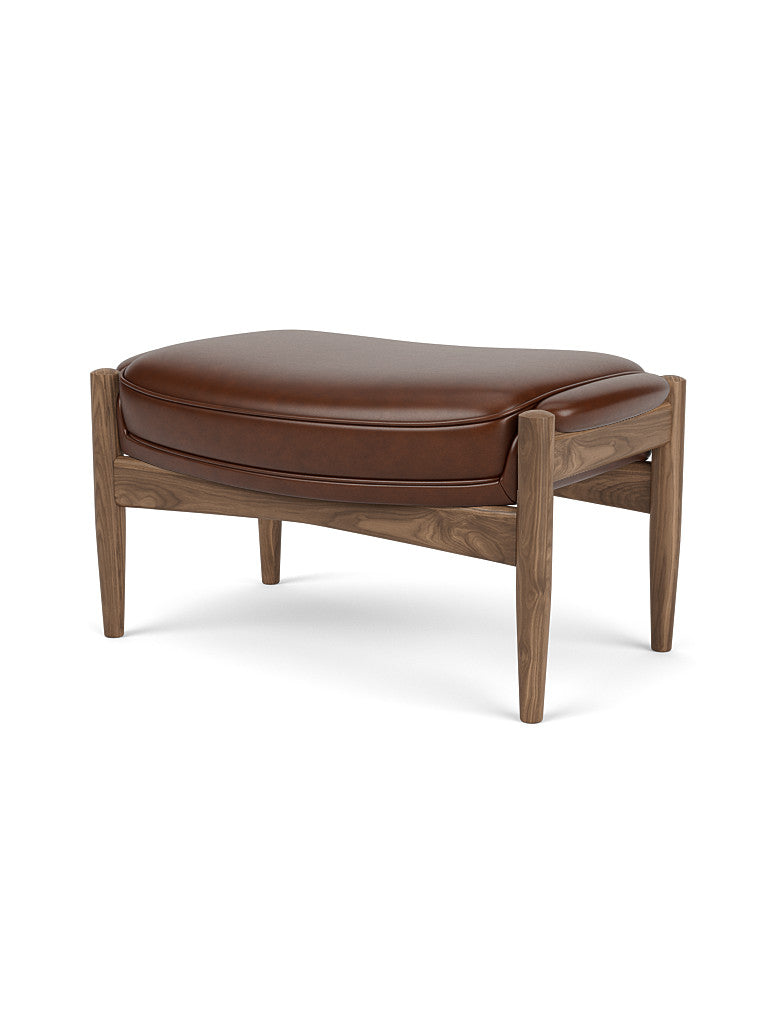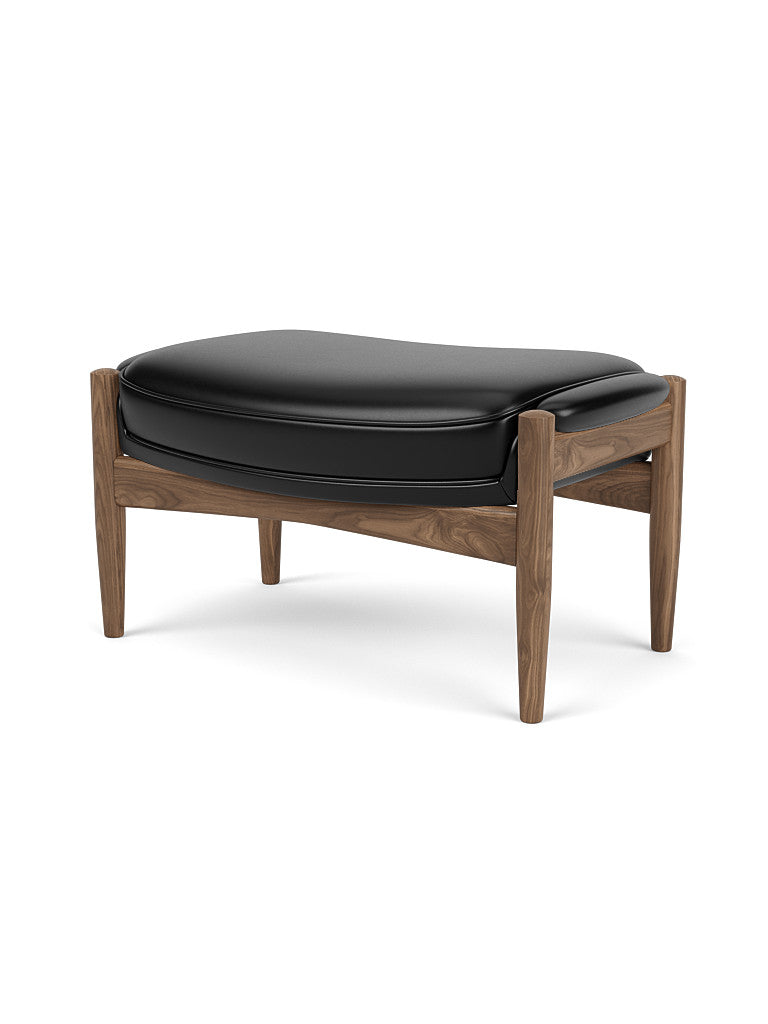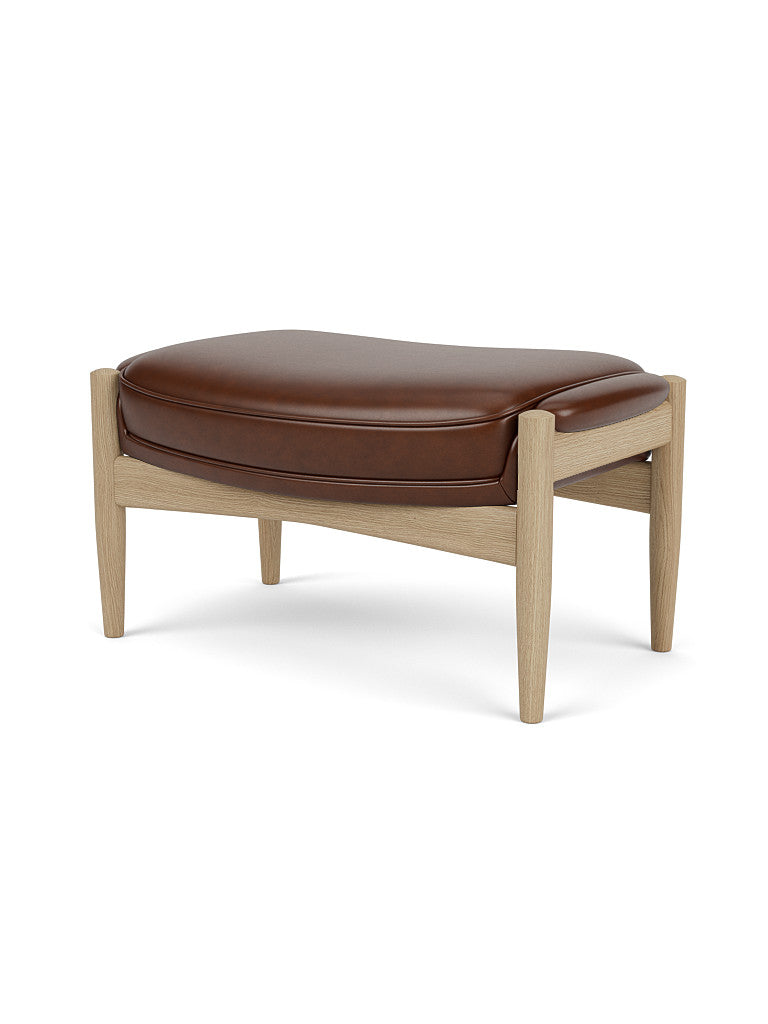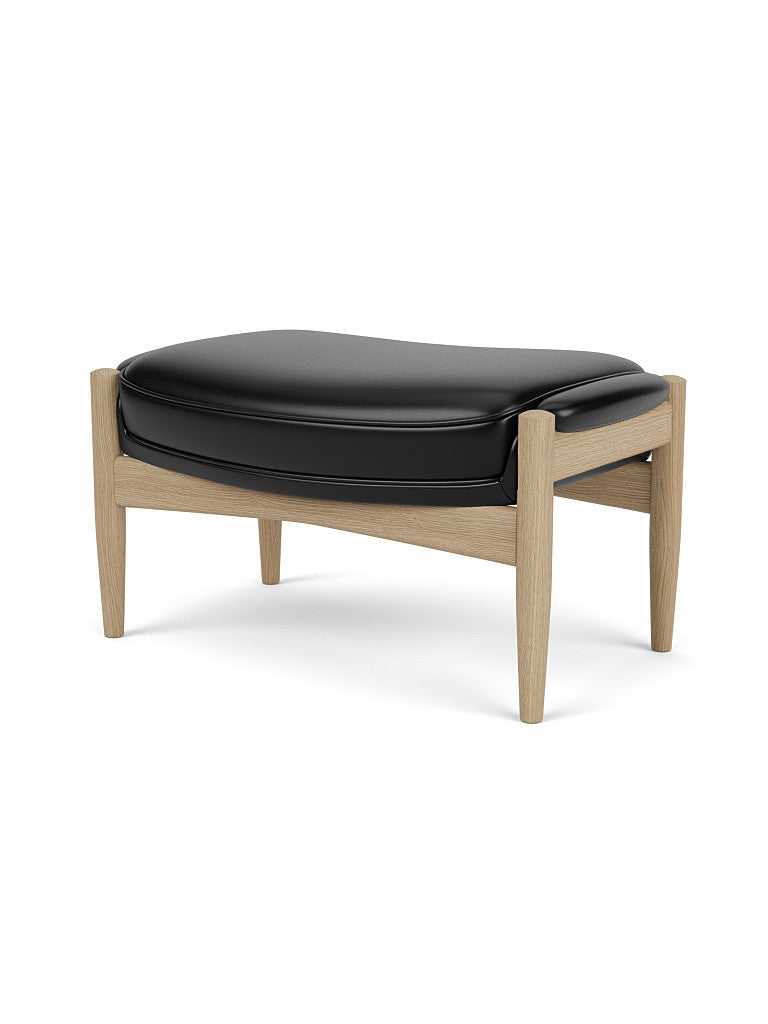デザイナーについて
Ib Kofod-Larsen
Architect Ib Kofod-Larsen (1921-2003) had a successful career in the 1950s and 1960s when Danish design was flourishing across the world. A large part of his vast furniture catalogue was designed for the non-Danish market and manufactured abroad. He worked especially for American, Swedish, British and German furniture companies and manufacturers, and this may be the reason that his furniture has undeservedly become better known internationally than in his home country of Denmark. Ib Kofod-Larsen formed part of a movement known as Danish Modern, but he went slightly under the radar and worked in the shadow of Kaare Klint, Hans J. Wegner, Børge Mogensen, Arne Jacobsen, Finn Juhl and Nanna Ditzel. Today he is called one of the most underrated – but most exciting – names on the Danish design scene. And one of the greatest design brains Denmark ever had. “His furniture is sophisticated and well-proportioned with beautiful silhouettes and sculptural, organic lines and curves.” Although he himself felt like an artisan – and he had no academic approach to furniture design – there is something poetic and artistic about his designs. The soft lines. The visual lightness. The graphic purity. The free, artistic expression. He was a purist. A man of detail. At first glance, his furniture may seem simple, but at closer inspection it is full of detail. It is inventive and borders on engineering. He drew, sculpted, made prototypes, was involved in production and participated in the entire process down to every test and launch. He was a creative designer, maybe one of the greatest designers in the golden age of Danish design. He took an innovative approach. Not just to furniture, but to ways of thinking about furniture. First and foremost, he had an exceptional understanding of materials and an eye for the potential of the wood and the quality of the raw materials he used. He often worked in different types of wood – mainly teak and palisander in combination with real leather. To Kofod-Larsen, the most important thing was that the furniture should feel good. To the touch and when sitting in it. With all his chairs, The Penguin, The Seal and the Elizabeth Lounge Chair, his focus was on the person who was going to be sitting in them.
